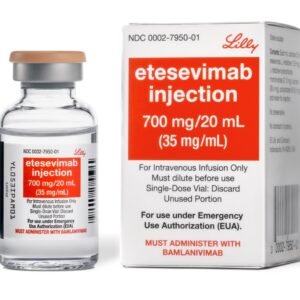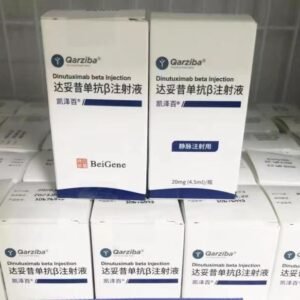Hydrocortisone Tablets
Effects and efficacy:
It is used for replacement therapy of adrenocortical hypofunction and treatment of congenital adrenal hyperplasia. It can also be used for rheumatoid arthritis, rheumatic fever, gout, bronchial asthma, allergic diseases, and can be used for severe infection and anti-shock treatment.
Usage and dosage:
Hydrocortisone tablets are taken orally, with a daily dose of 20-30 mg, 2/3 in the morning and 1/3 after lunch. In case of stress, the dosage should be increased appropriately, up to 80 mg per day, taken in divided doses. The therapeutic dose for children is 20-25/m2 per day based on body surface area, divided into 3 times, once every hour. Hydrocortisone ointment, hydrocortisone cream, and hydrocortisone acetate cream are applied externally 2-4 times a day, applied to the affected area, and gently rubbed for a while. Hydrocortisone injection is injected intramuscularly 20-40 mg per day, and intravenously dripped 100 mg once a day. Before use, dilute with 25 times sodium chloride injection or 5% glucose injection 500ml and drip intravenously, and add 0.5-1g of vitamin C at the same time. Apply hydrocortisone acetate eye ointment to the eyelids 3 times a day. Apply hydrocortisone acetate eye drops 3-4 times a day, shake well before use. Note: When using this product, you should pay attention to taking the medicine according to the prescribed dosage and not overdosing. If you take an overdose or have serious adverse reactions, you should seek medical attention immediately. When used for certain anti-infections, the use of hormones can reduce tissue damage, reduce exudation, and alleviate symptoms of infection and poisoning, but it must be treated with effective antibiotics at the same time and closely observe changes in the condition. After short-term medication, the dosage should be reduced or stopped quickly.
Adverse reactions:
Long-term use may cause the following side effects: iatrogenic Cushing’s syndrome face and posture, weight gain, lower limb edema, purple lines, bleeding tendency, poor wound healing, acne, menstrual disorders, avascular necrosis of the humeral or femoral head, osteoporosis and fractures (including vertebral compression fractures, long bone pathological fractures), muscle weakness, muscle atrophy, hypokalemia syndrome, gastrointestinal irritation (nausea, vomiting), pancreatitis, peptic ulcer or perforation, growth inhibition in children, glaucoma, cataracts, benign intracranial hypertension syndrome, impaired glucose tolerance and aggravation of diabetes. Psychiatric symptoms Euphoria, agitation, delirium, restlessness, disorientation, and can also manifest as inhibition. Psychiatric symptoms are particularly prone to occur in patients with chronic wasting diseases and those with previous mental problems. Concurrent infection: It is the main adverse reaction of adrenal cortex hormones, mainly fungi, tuberculosis, Staphylococcus, Proteus, Pseudomonas aeruginosa and various herpes viruses. Glucocorticoid withdrawal syndrome: Sometimes patients experience dizziness, fainting tendency, abdominal pain or back pain, low fever, loss of appetite, nausea, vomiting, muscle or joint pain, headache, fatigue, and weakness after stopping the drug. If adrenal cortex insufficiency and recurrence of the original disease can be ruled out after careful examination, it can be considered as glucocorticoid dependence syndrome.
Drug contraindications:
Allergic to this product is prohibited for children to use with caution. Athletes should use with caution. Pregnancy should be used with caution during lactation.
Share:
Products
Our offers
Health Classification
Let us work together to protect precious health






























